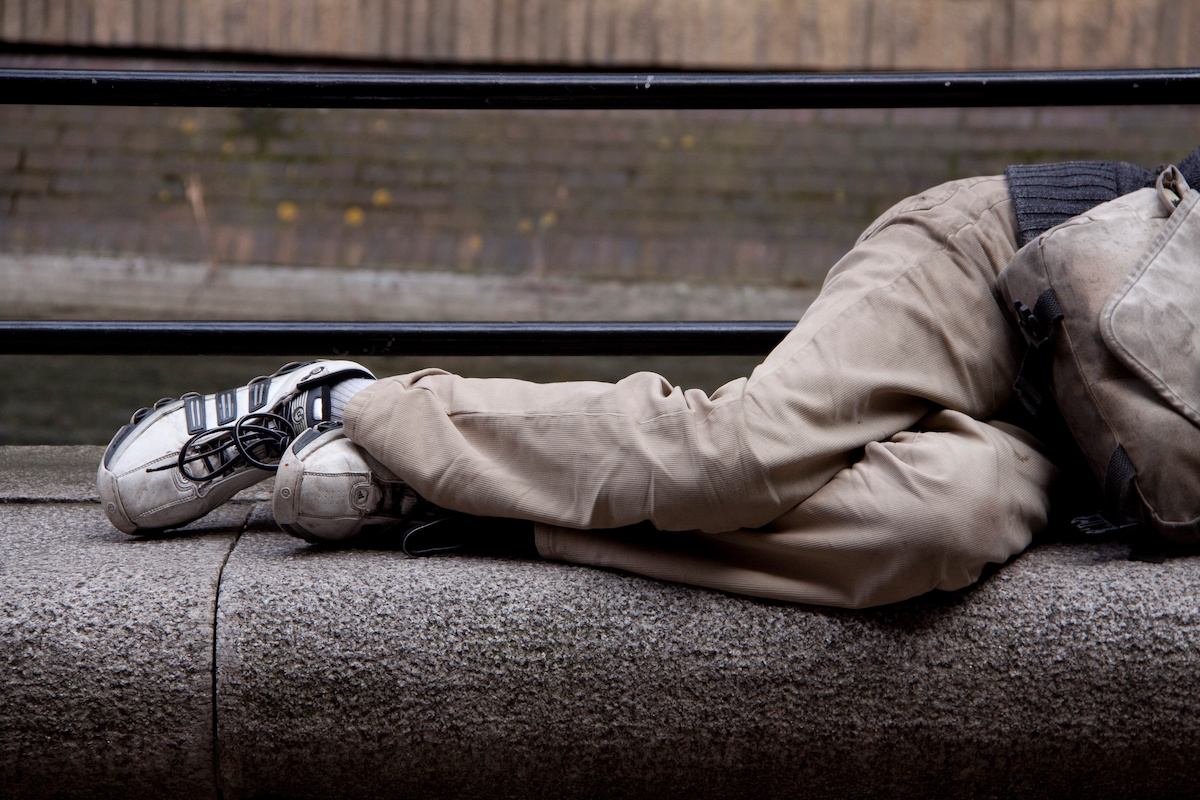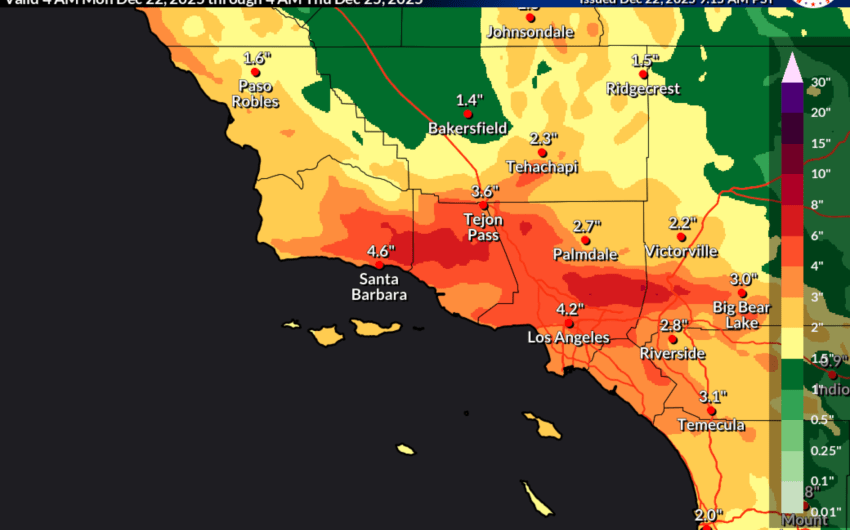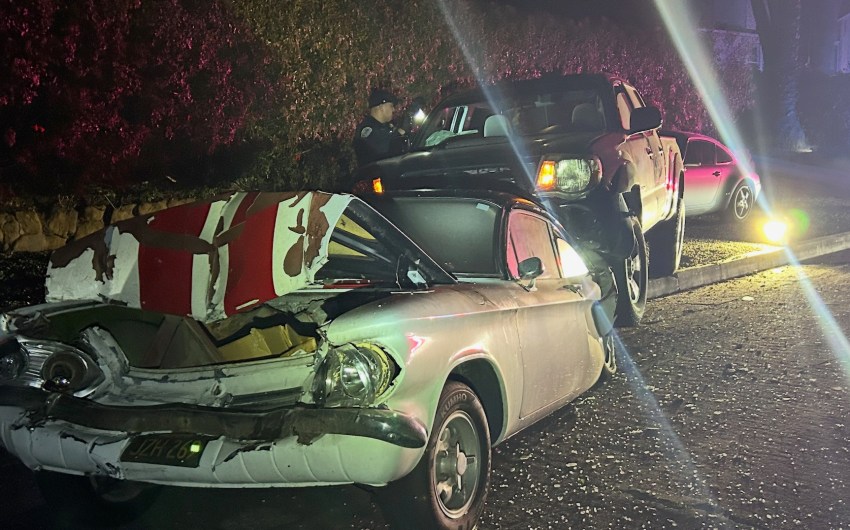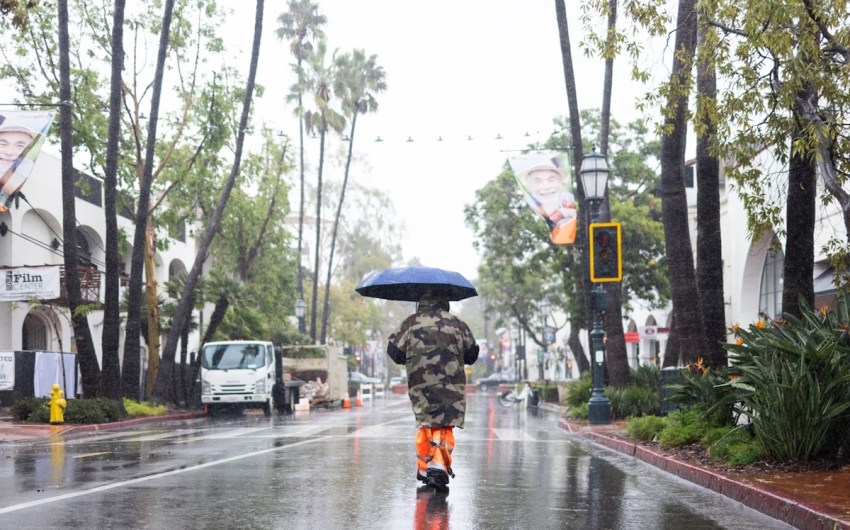Barbara Andersen quietly delivered an unlikely one-two punch — part good news, part bad news — when speaking before the Santa Barbara City Council this Tuesday. The city’s de facto homeless czar, Andersen had a lot to say on all the ways City Hall has been addressing homelessness on the South Coast.
In August, the first day center opened, located at the bottom of Chapala Street. Every day, 40 or more homeless people are connected with a range of services designed to get them off the streets. In the past year, 169 units of new affordable housing has come on line for people transitioning from the streets. A similar number of tiny homes and converted motel rooms were made available. Outreach workers with City Net now work every day, making more than 800 contacts with who eventually became 82 clients. As Andersen described it, the needle isn’t just moving; it’s dancing.
But even so, she cautioned, state and federal funding sources that have sustained all these projects have been cut in half. “This is disheartening for us,” she confided.
As Andersen described in detail, the demand for homeless services citywide — and throughout the state — has gone up significantly in the past year. The biggest jump has been among those living in cars or RVs, a large number of whom are seniors and families with children. About half of those people are undocumented immigrants seeking asylum or work.
Almost half the people now being seen at the Chapala center are new to the county’s vast unified data collection system shared by pretty much anyone in the business of homeless services. Andersen suggested the loss of special emergency rental funds, which were released during the COVID outbreak to keep tenants from getting evicted and have since dried up. She had no hard numbers.
All the city departments cumulatively, she said, spend about $6.5 million a year on homeless services. That’s about 3 percent of the city’s budget. Calls for police service increased by about 12 percent in the past year while fire calls for service went up by 18 percent. So far this year, 508 encampments have been knocked down and cleared away. Last year, it was 461. Councilmembers praised the spirit of compassion and competence Andersen and her colleagues have brought to the job.
Councilmember Michael Jordan expressed impatience that so many large parking lots have declined to sign up for the Safe Parking Program, established here 20 years ago with a minimum of melodrama. Jordan also expressed frustration that these metrics were not more encouraging. How can City Net outreach workers make 844 contacts and only have 82 clients, he asked. “How can we improve those numbers?” he asked. “That’s the question of the day,” Andersen replied.











